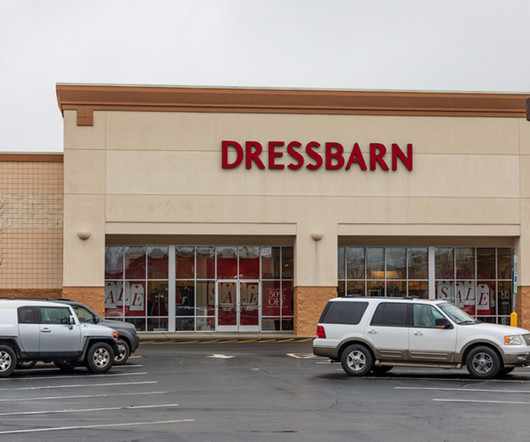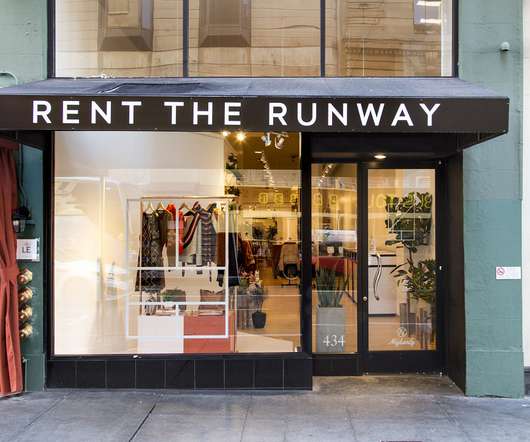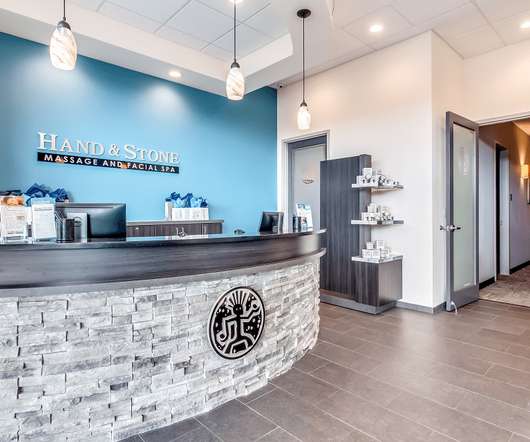Obituaries: Co-Founders of Burlington, Dressbarn
VMS
JUNE 3, 2025
There, she honed the skills in merchandising, sales and store operations that would become essential to her future success as an entrepreneur. To reflect its broadened merchandise assortment, the off-price retailer changed its name to Burlington Stores in 2009.)












Let's personalize your content